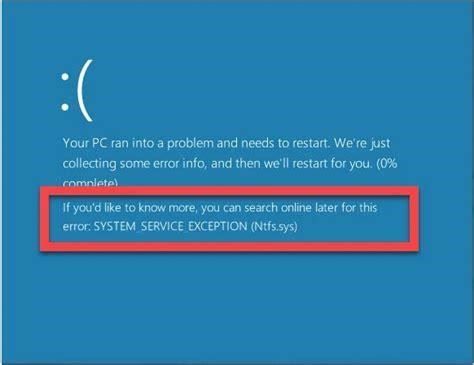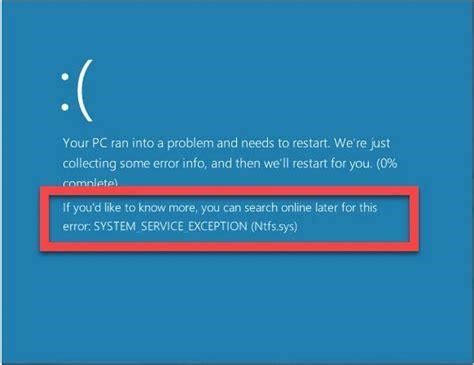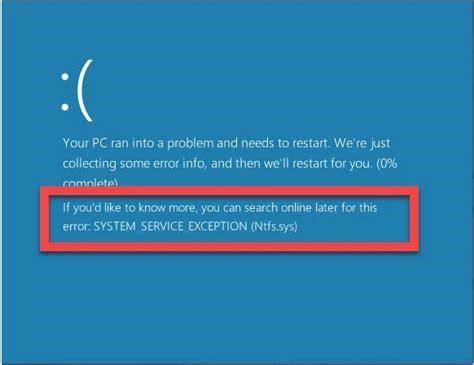Why Does Bluetooth Disappear in Windows 10 and How to Fix It
Losing Bluetooth functionality after a Windows 10 update is an extremely common issue that has plagued users for years. In examining a recent user query and the insightful responses of experienced IT professionals on a technical help forum, we’ve gleaned key troubleshooting steps and prevention methods to resolve and avoid Bluetooth problems.
Pinpointing the Cause
Bluetooth troubles after updates generally arise for several key reasons:
- Bluetooth driver disabled or corrupted by update installation.
- Bluetooth radio turned off after reboot.
- Outdated or incompatible Bluetooth driver version.
- Bluetooth adapter hardware failure or incompatibility.
- Bluetooth connectivity settings reset.
Astute forum contributors first guide users through logical troubleshooting sequences to pinpoint the specific cause before attempting repairs.
Does Bluetooth work on Windows 10?
Bluetooth is a wireless technology that lets you connect devices together. On Windows 10, you can use Bluetooth to pair keyboards, phones, speakers, and more. Bluetooth is great when it works, but you might encounter problems when trying to pair your device to a Windows 10 system. We’re going to show you how to fix those pairing problems. 1.
How do I fix Bluetooth on Windows 10?
Run the Windows 10 Bluetooth troubleshooter. Windows 10 has built-in troubleshooter programs that scan a computer for specific problems and fix these issues. To begin the Bluetooth troubleshooter, open the Start menu, then select Settings > Update & Security > Troubleshoot > Bluetooth . Remove the Bluetooth device and re-add it.
Running Built-in Troubleshooters
As a priority, users are instructed to run the dedicated Bluetooth and Hardware and Devices troubleshooters incorporated into Windows 10. We can initiate these by:
- Pressing Windows + I to launch Settings.
- Navigating to Update & Security > Troubleshoot.
- Selecting "Bluetooth" and "Hardware and Devices" and clicking Run the troubleshooter.
This automated diagnostic will check for driver issues, connectivity settings, radio status and attempt basic repairs.
Checking Hardware Capabilities
Before further troubleshooting, experts wisely recommend confirming the system possesses integrated Bluetooth or an installed adapter.
We can verify by:
- Checking Device Manager for a Bluetooth section or adapter.
- Visiting the manufacturer’s website and viewing hardware specifications.
- Inspecting the Bluetooth & other devices settings page.
If Bluetooth hardware is absent, an external dongle can be affordably added.
Re-enabling Drivers
Where hardware exists but Windows fails to detect it, experts suggest re-enabling drivers for the Bluetooth adapter.
How do I Find my Bluetooth device in Windows 10?
Select Start > Settings > Bluetooth & devices > Devices . Under Device settings > Bluetooth devices discovery, choose one of the following from the drop-down list: If you still don’t see your Bluetooth device displayed after choosing the Advanced setting, try the solutions listed below.
Why is Bluetooth not working Windows 10?
Here are some other common problems: The Bluetooth icon is missing or Bluetooth can’t be turned on or off. Bluetooth doesn’t work after a Windows update is installed. Bluetooth doesn’t work after you upgrade to Windows 11 from Windows 10. Bluetooth doesn’t appear in Device Manager, and there are no unknown devices listed.
Why is Bluetooth not working on Windows 10?
Select Settings > Bluetooth & devices > Devices. Under Related settings, select More Bluetooth settings to find more Bluetooth options. If you don’t see the Bluetooth toggle in Bluetooth & other devices settings, your PC might not have Bluetooth, or it might have Bluetooth hardware that’s not recognized. Learn more about fixing Bluetooth problems.
To accomplish this:
- Access Device Manager via the Windows search box or Run command.
- Expand the Bluetooth section.
- Right-click the Bluetooth driver and select Disable device.
- Right-click again and select Enable device.
This forces a driver reload, re-establishing connections.
Updating Drivers and Firmware
Outdated drivers often trigger connectivity issues after updates. IT advisors recommend:
- Using Device Manager to update Bluetooth drivers automatically or via manual selection.
- Visiting manufacturer/chipset websites to fetch the latest optimized drivers.
- Upgrading motherboard BIOS, chipset, and related firmware.
Modern versions integrate bug fixes and optimizations to avoid problems.
Uninstalling and Reinstalling Drivers
Where updating falls short, complete driver removal and regeneration can prove effective by forum experts’ accounts:
- In Device Manager, right-click the Bluetooth driver and select Uninstall device.
- Reboot the system, prompting automatic reinstallation.
This achieves a clean slate, rectifying corrupted and incompatible drivers.
Why does Bluetooth disappear Windows 10?
It could be caused by various factors like incorrect settings, bad drivers, conflicting applications, Bluetooth issues, etc. When your system doesn’t recognize Bluetooth devices, the Bluetooth disappeared Windows 10 issue will occur too. What can you do to fix the Bluetooth disappeared Windows 10 issue?
What happens if a Bluetooth device is uninstalled?
The Bluetooth category will completely vanish from the device manager. This means that the device was successfully uninstalled. If you cannot see Bluetooth devices there, click on View menu, then click on Show Hidden Devices. Right-click on any space and select “ Scan for hardware changes ”. Your computer will now scan all the hardware connected.
How do I know if Bluetooth is on Windows 11?
In Windows 11, there are two ways to check if Bluetooth is turned on. Here’s how: Check in quick settings: Select the Network, Sound, or Battery icons ( ) on the right side of the taskbar, look for the Bluetooth quick setting, then select Bluetooth to turn it on.
Turning on Bluetooth Services
Windows occasionally disables associated services required for Bluetooth operation. Experts suggest examining the Bluetooth Support Service in Windows Services utility, and enabling Automatic startup if disabled.
Additional Steps to Resolve Issues
For stubborn connectivity problems, IT specialists propose further actions like:
- Disabling Fast Startup to prevent incomplete shutdowns.
- Running the System File Checker to repair corrupted system files.
- Rolling back problematic Windows Updates via Recovery options.
- Turning off startup programs that may conflict.
With persistence and methodical troubleshooting, we can banish Bluetooth woes precipitated by Windows 10 updates. Leveraging the collective wisdom of technical forums provides accessible guidance to tackle the problem for good.
Preventing Future Bluetooth Headaches
Once stability is restored, experts stress implementing preventive measures to avoid Bluetooth disruption after future updates:
Why is the Bluetooth icon missing on Windows 11/10?
If the Windows 11/10 Bluetooth icon is still missing on your PC, use the Startup Repair feature to resolve any system corruption or other issues that may cause the problem. Press and hold the Shift key at the Windows sign-in screen and then select Power > Restart .
Is Bluetooth missing from Device Manager Windows 10?
There’s a chance Bluetooth is not missing from Device Manager, but Windows somehow decided to hide it from the list. To check for hidden devices, launch Device Manager and open the View menu. There, click Show hidden devices and check if Bluetooth is now visible. If you still can’t find it, move on to the next fixes. 2.
How to disable Bluetooth in Windows 10?
Step 1] Search Device manager in Windows search box. Step 2] Now, Click on Device manager from the search result. Step 2] Now, double click on Bluetooth to expand the list and then locate your main bluetooth device. Select the Bluetooth Device, right click on it and select Disable Device option. Step 3] Click yes on to confirm Disabling.
- Set Windows Updates to delay feature upgrades by several months to avoid immediate issues with large releases.
- Maintain drivers and firmware up-to-date to prevent incompatibilities.
- Hide problematic Windows Updates using tools like Show/Hide Updates Utility.
- Use System Restore to create restore points before updates in case of problems.
With diligence and preventive care, we can enjoy steady Bluetooth connectivity despite Windows 10’s turbulent update process.




